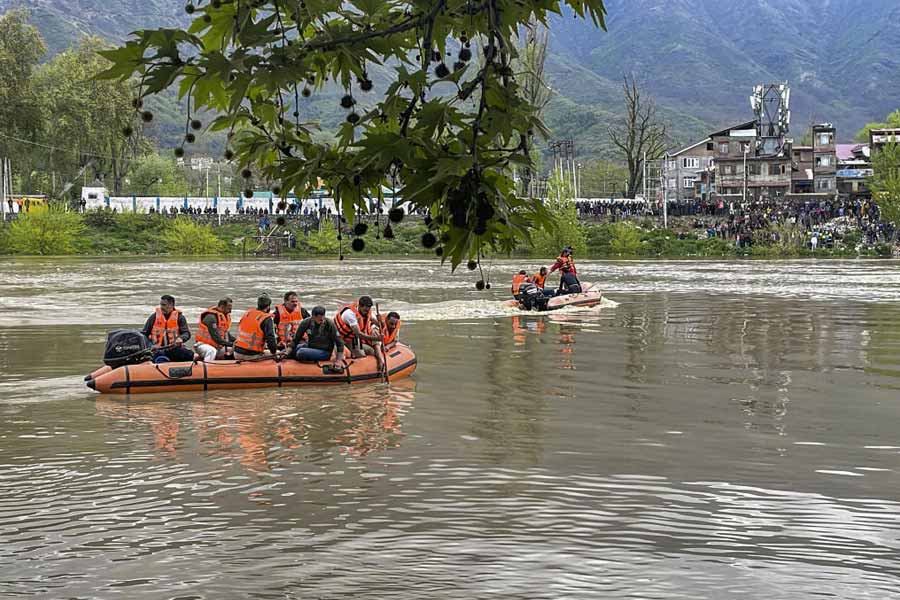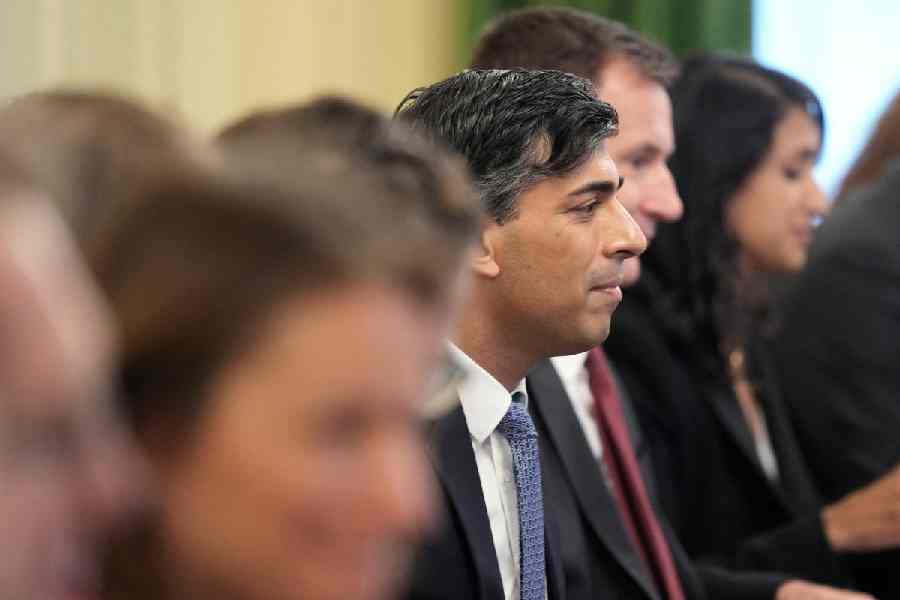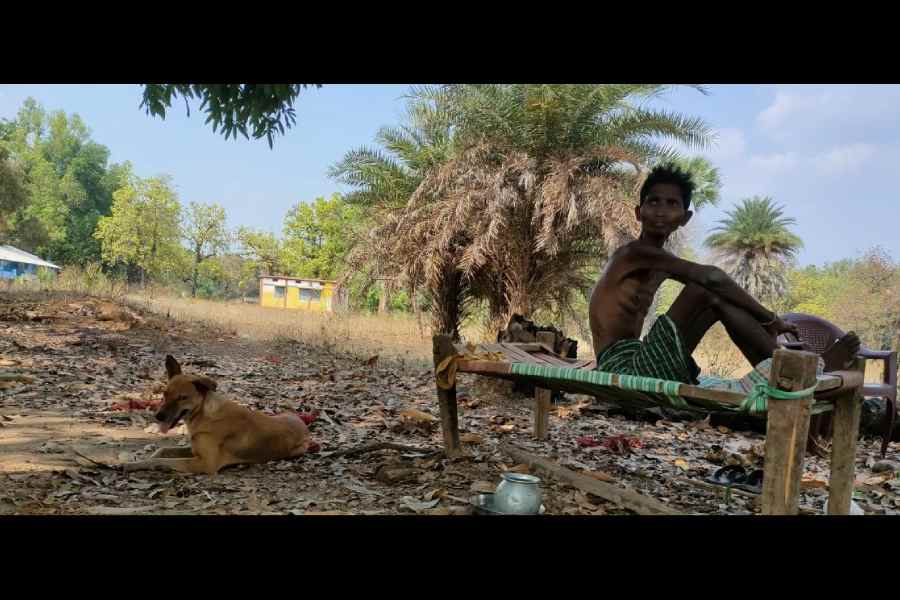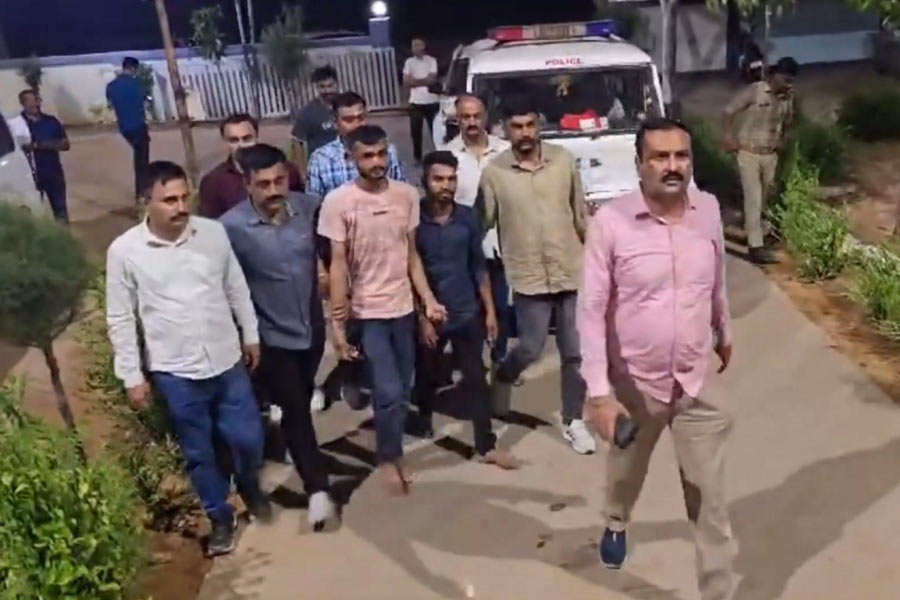Little Lavisha Jain from Delhi used to suffer from shortness of breath and lethargy and to the dismay of her parents, was diagnosed with thalassaemia.
Help came from a Calcutta-based financial advisor who gave the little girl his stem cells. The child, doctors say, has been cured of thalassaemia and is as playful as any child her age.
Father Sachin said she was ready to go to school.
Lavisha’s parents met the donor, Hemant Sonthalia, 37, and his family in Calcutta recently, one year after the successful blood stem cell transplant.
“We had been shattered when we learnt two years ago that Lavisha had thalassaemia major and would need blood transfusion at least once a month as long as she lived. Later, we heard about stem cell transplant and found a matching donor in Calcutta through Datri, a stem cell registry,” said Sachin, a businessman.
“We were extremely lucky that he readily agreed to donate his stem cells.”
Sonthalia, a chartered accountant and the father of an eight-year-old daughter, said he was overwhelmed to meet Lavisha.
He had signed up as a prospective stem cell donor in 2015 after he heard about the benefits of stem cell therapy at a blood donation camp.
He registered his name with Datri, which also conducts awareness drives on stem cell therapy, the same day.
When he received a call in September 2017 saying there was a match, at first he had cold feet.
“I learnt that a child was the prospective recipient and I thought of my own daughter, Saanchi. It helped me make up my mind. I asked the caller to send someone to meet me the next day and get the process started,” Sonthalia recounted.
Once the businessman agreed to the transplant, he had to undergo a medical test.
He was declared fit to be a donor and was given five doses of a “growth factor” injection on five consecutive mornings, which increased the production of his stem cells so that they spilled into his blood stream.
“I felt no bodily discomfort while donating stem cells and there were no side-effects either. The process involved drawing blood for over fours hours. The blood flew back into my body after platelets were collected from it.... I am glad I took the decision to donate stem cells,” said Sonthalia.
The stem cells were collected at Apollo Gleneagles Hospitals, Calcutta, and transplanted in the child, who was one and a half years then, at Fortis Hospital, Delhi.
Lavisha was in hospital for 15 days. All her stem cells were killed through an “induction chemotherapy” before fresh ones were transplanted.
Sonthalia was overcome with emotion when he — accompanied by father Binod Kumar, wife Neha and daughter — met Lavisha last month.
“Tears had welled up in my eyes seeing the child healthy and playful,” he said. “My daughter is too young to understand anything other than that I have done something good. I hope when she grows up and learns more about it, she will be inspired to do more such good things.”
Thalassaemia major, the disease Lavisha had been diagnosed with, is marked with a mutation in the genes that triggers production of an abnormal haemoglobin.
The red blood cells containing the faulty haemoglobin get destroyed, resulting in anaemia. Which is why children suffering from thalassaemia have to undergo blood transfusions at regular intervals.
A permanent cure, doctors said, is only possible through stem cell transplant. “Stem cells collected from the donor are transfused into the patient. If the process is successful, the patient begins to produce healthy red blood cells and does not need blood transfusions,” said Joydep Chakrabartty, assistant professor of haematology, Ramakrishna Mission Seva Pratishthan.
The human leukocyte antigen (HLA) of the patient and the donor have to match for the transplant to take place. According to the World Marrow Donor Association estimates, the probability of finding a matching donor varies between one in 10,000 to over one million depending on the HLA of the recipient.










